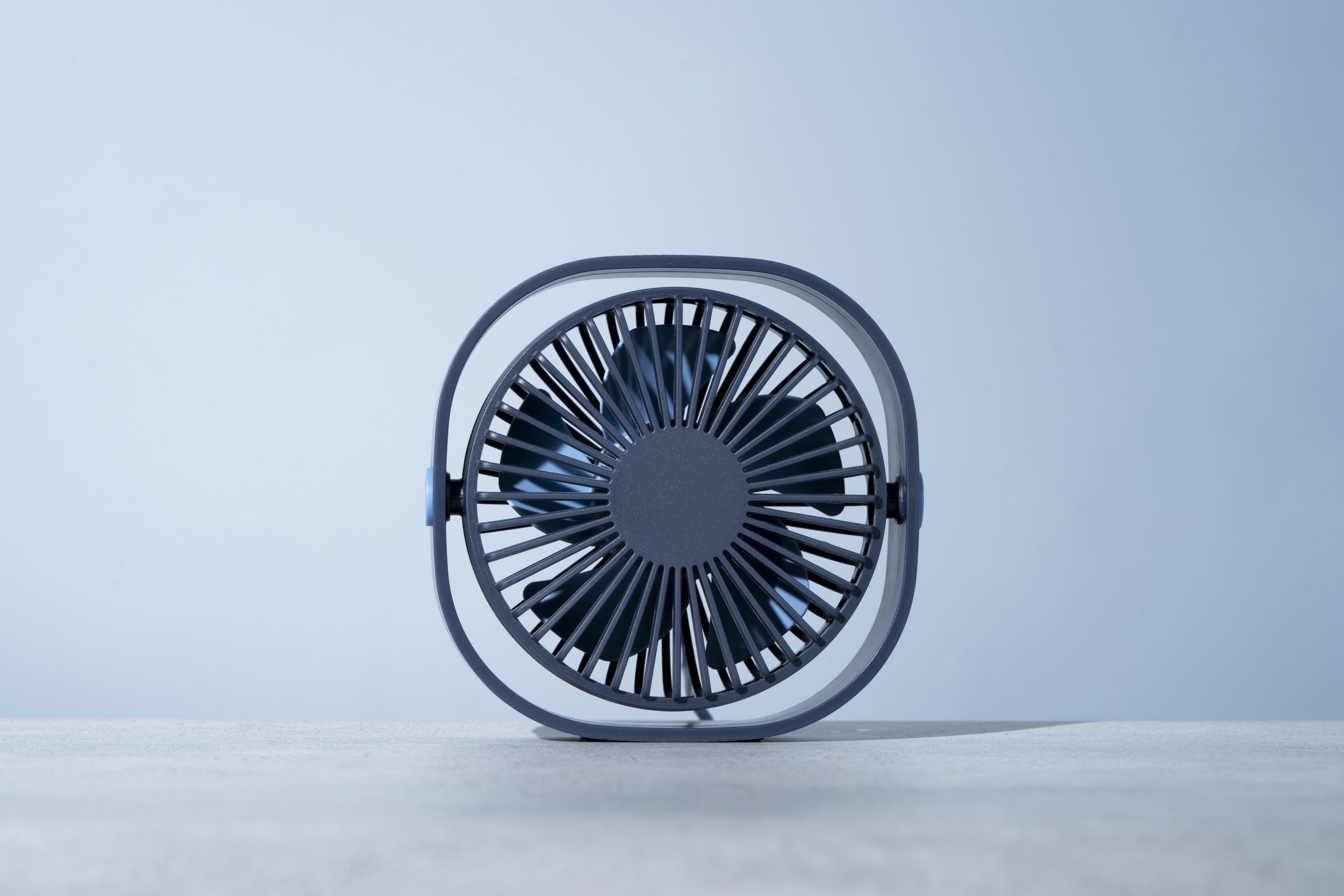What is a Cooling Fan?
A cooling fan is a mechanical machine that generates airflow to mitigate heating. It works by introducing cooler air into a system or discharging hot air out of a system to maintain the appropriate temperature for the components served. Such fans are pervasive, appearing in laptops, game consoles, refrigerators, car engines, and also in large-scale HVAC.
Importance of Cooling Fans
Excessive heat is an enemy of electronic and mechanical systems. When the component overheats, it can cause degradation, malfunction, or complete failure. Cooling fans prevent this as they dissipate heat well, allowing devices to perform efficiently and for a long time.
Here are some of the key benefits of cooling fans:
Performance Enhancement: Coolers regulate temperatures, thereby allowing CPUs and GPUs to run at their best without any throttling due to overheating.
Longer Lifespan: Heat increases wear and tear. A well-cooled system lasts much longer than one that runs hot consistently.
Safety: Overheated systems may cause fires. Cooling fans prevent this kind of danger, especially in high-power devices.
Energy Efficiency: Efficient heat management means that less energy is wasted in cooling. Overall power consumption is reduced.
Types of Cooling Fans
Cooling fans come in different shapes, sizes, and configurations tailored to meet specific needs.
Here are some common types:
Axial Fans: These are the most common type, used in computers and household appliances. They move air parallel to the fan’s axis.
Centrifugal Fans: These fans force the air at a right angle to the intake. It is often used in the HVAC system for higher pressure airflow.
Blower Fans: These are compact and powerful, used in small confined spaces, like projectors or gaming consoles.
Crossflow Fans: They create an even flow across the length of the fan. They are mostly used in air conditioning systems.
How Cooling Fans Work
The basic principle behind a cooling fan is simple: it moves air. Modern cooling fans, however, integrate the most advanced technology to optimize performance. Features such as variable speed control, quiet operation, and intelligent sensors make today’s cooling fans far more efficient than their predecessors.
For instance, a cooling fan for the CPU in a computer will adjust its rate of speed based on the processor’s temperature. When workload is high, it tends to spin faster and expel more heat while when idle, it slows down to avoid noise and power consumption.
The Future of Cooling Fans
Cooling fans will evolve with technological advancements. Some of the emerging trends in this regard include:
Sustainable Materials: Manufacturers of cooling fans are focusing more on sustainable materials to limit the environmental impact of a cooling fan.
Miniaturization: As devices get miniaturized, so do the cooling solutions. Microfans are increasingly being used with compact gadgets.
Integration with IoT: IoT smart cooling system allows the possibility of monitoring and control at a remote location, making the system much more efficient.


